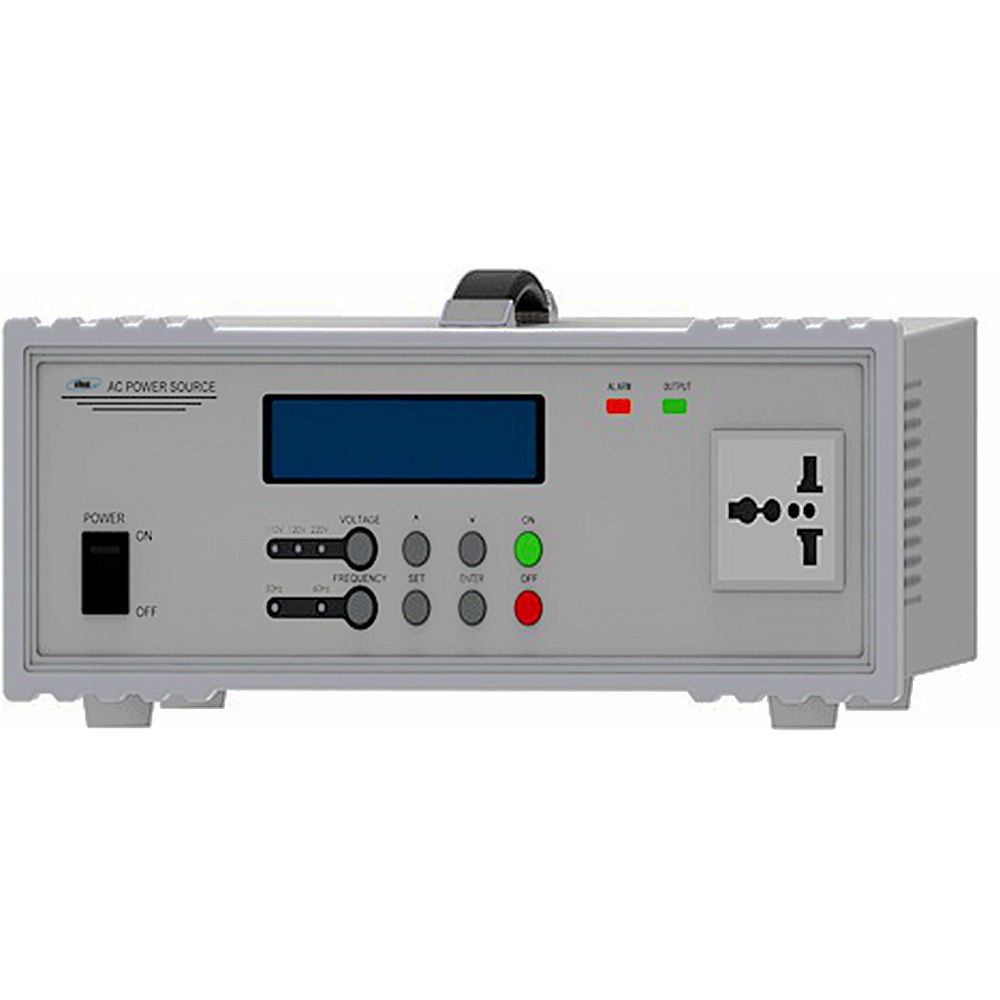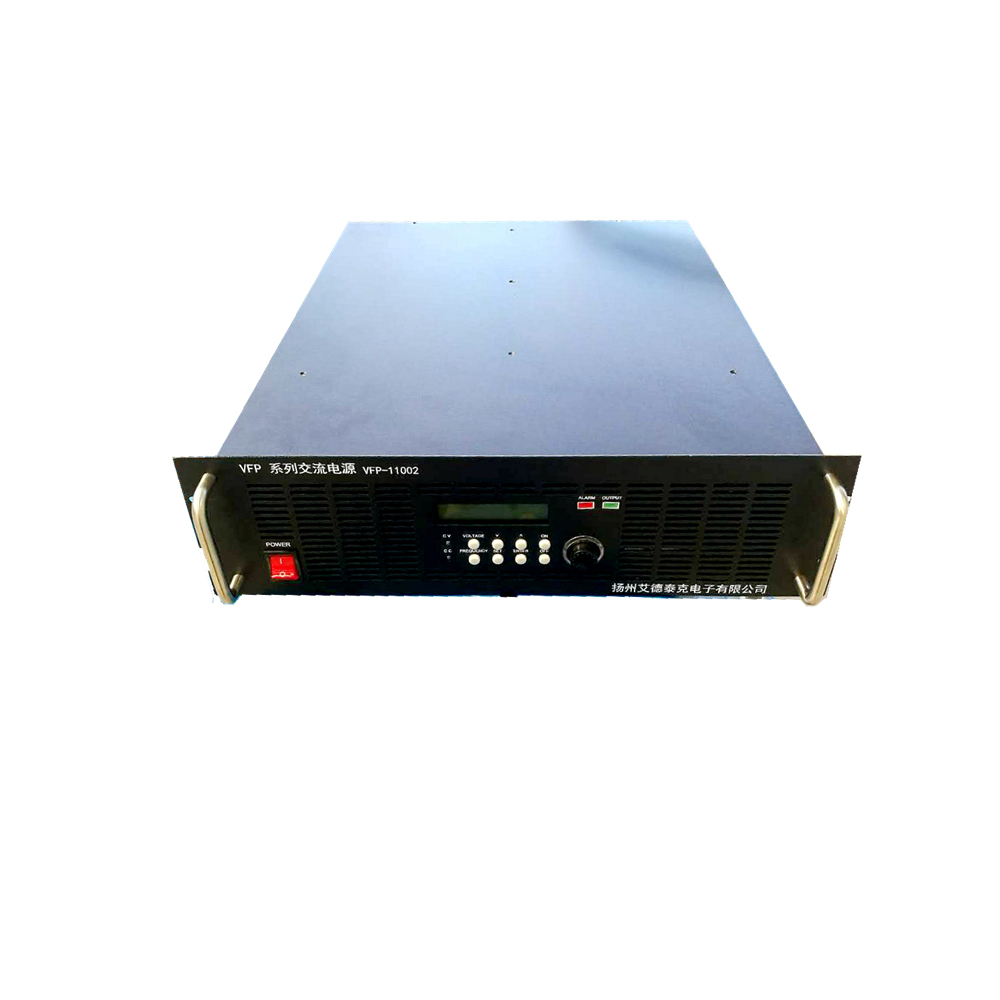The absence of phase operation is one of the most dangerous issues for a motor, but the damage caused by motor stalling should not be overlooked. On an assembly line, if a motor becomes stuck for an extended period, it can lead to complete motor failure and even damage to the entire system, resulting in costly repairs or replacements. That's why motor stall protection is essential, and the process usually starts with conducting a motor stall test.
Motor stalling occurs when the motor is unable to rotate despite still producing torque. This condition is typically caused by foreign objects, mechanical failures, or human error. When the load becomes too heavy, something gets stuck, or there's a problem with the drive mechanism or bearings, the motor may stop turning altogether.
When a motor runs normally, the rotating magnetic field created by the stator induces current in the rotor, which then generates its own magnetic field. This interaction helps control the current in the stator windings. However, if the motor becomes stalled, this induced current cannot be generated, causing the voltage across the winding to increase significantly. As a result, the current in the windings rises sharply. At this point, the motor’s power factor drops, and the stall current can reach 5 to 12 times the rated current, depending on the motor's size and design. If left unchecked, this can quickly cause the motor to overheat and burn out.
To prevent such serious damage, motors are generally equipped with overcurrent protection devices. These systems are designed to cut off the power supply if the motor remains stalled for too long, helping to avoid overheating and further damage. The settings for these protections must be determined through testing, making stall tests an essential part of motor development and quality assurance.
Stall testing involves measuring key parameters such as the stall current (Ik), stall torque (Tk), and stall loss (Pk) under rated voltage conditions. For three-phase asynchronous motors, the test can also include analyzing the relationship between input power and voltage, known as the stall characteristic curve. This data provides valuable insights into the motor's internal components, helping identify potential design flaws or manufacturing issues.
The MPT1000 motor test platform offers a comprehensive solution for conducting stall current tests. There are two main types: conventional stall tests and national standard stall tests. The conventional method is widely used due to its simplicity, cost-effectiveness, and ease of implementation. It involves running the motor at no-load, gradually increasing the load until it stalls, or using a custom blocker to force the motor into a stall state. During this short period, a high-speed, high-precision data acquisition system captures critical information such as torque, voltage, and current, which is then analyzed and displayed on a computer screen.
The national standard stall test follows the procedures outlined in GB/T 1032-2012, specifically Chapter 9 on "Determination of Locked Current and Locked Rotor Torque." This method is more standardized and often requires additional voltage regulation equipment. However, with programmable AC Power Supplies, the process can be fully automated.
Whether it's a conventional or national standard stall test, both provide accurate and reliable data that supports motor design improvements and performance evaluation. These tests also play a crucial role in fault diagnosis, making it easier to identify and resolve issues. Ultimately, motor stall testing is a vital step in ensuring the reliability and safety of motor operations in industrial applications.
VFP-H series variable frequency power supply is manufactured under SPWM mode; it is designed by MOSFET module as active component, and adopts other technologies as digital frequency division, D/A conversion, instantaneous feedback and sinusoidal pulse width modulation to make the capacity of single unit up to 150KVA. Isolated transformer used to enhance total stability, strong load applicability, high quality output waveform, and simple operation, small size and light weight. In addition, this power supply has many protective functions against short circuit, over current, over load and over heat to ensure proper operation.
Comparing to traditional frequency inverter power supply, our inverter power supply removes the transformer and frequency converter, by using pure high-frequency conversion technology, with built-in by AC/DC and DC/AC parts, our AC inverter power supply could give stable AC output with prefect output precision.
Because, our new technology does not need transformer for conversion and isolation, the power supply size can be reduced within the same output power rating, and not limited by the transformer, output frequency could reach 15 ~ 1Khz continuously adjustable.
High Frequency AC Power Supplies
High Frequency Variable frequency AC power supply converts AC electric to pure sine waveform by through AC – DC – AC conversion, which is different from variable frequency speed controller and common AC voltage regulator.


VFP-H series variable frequency power supply is manufactured under SPWM mode; it is designed by MOSFET module as active component, and adopts other technologies as digital frequency division, D/A conversion, instantaneous feedback and sinusoidal pulse width modulation to make the capacity of single unit up to 150KVA. Isolated transformer used to enhance total stability, strong load applicability, high quality output waveform, and simple operation, small size and light weight. In addition, this power supply has many protective functions against short circuit, over current, over load and over heat to ensure proper operation.
Comparing to traditional frequency inverter power supply, our inverter power supply removes the transformer and frequency converter, by using pure high-frequency conversion technology, with built-in by AC/DC and DC/AC parts, our AC inverter power supply could give stable AC output with prefect output precision.
Because, our new technology does not need transformer for conversion and isolation, the power supply size can be reduced within the same output power rating, and not limited by the transformer, output frequency could reach 15 ~ 1Khz continuously adjustable.
High Frequency AC Power Sources, AC High Frequency Power Supplies, High Frequency AC Sources, AC Power Sources, AC Power Supplies
Yangzhou IdealTek Electronics Co., Ltd. , https://www.idealtekpower.com